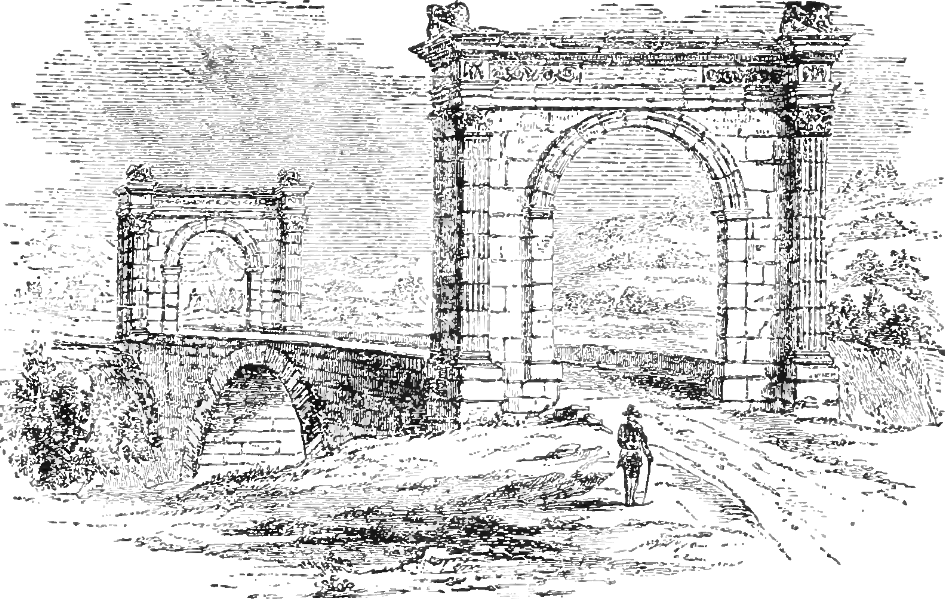<![CDATA[A massive Greek tomb is believed to have been uncovered in an untouched condition, after the massive boulders sealing its entrance were found intact. Archaeologists uncovered the tomb in Amphipolis in Central Macedonia and have dated it back to the year 300BC. According to reports, this tomb was constructed during the time of Alexander the Great and is believed to be the largest burial tomb of its kind discovered from this period in Greek History. Katerina Peristera, the lead archaeologist of the project, believes that it would have been extremely difficult for this kind of grave to have been plundered in ancient times. She described the contents of the tomb as potentially very unique and of major global significance. At present, the archaeologists are unable to access the tomb and it is unclear when, or even if, it will be possible to enter. Katerina described the entire process as a surgery that needs to be conducted with precision and skill. She suggested that it would take a long period of analysis before the contents and significance of the tomb could be truly understood. As of now, experts are doing everything possible to ensure that accurate dating of the critical material is conducted as the expedition progresses. Katerina also believes that at least another month will be required before further details about the tomb can be uncovered. At the moment, the group is digging and removing one block of stone at a time. Since work began in 2012, archaeologists have managed to uncover a 3m perimeter wall which contains a road connected to the thirteen steps located at the tomb's entrance. Experts believe that this wall was constructed out of imported marble. Two sphinxes, unfortunately with their heads missing, currently guard the ancient doorway. Experts believe that each sphinx would have been about 2m in height and weighed up to 1.5 tonnes when intact. The Greek Ministry of Culture has revealed that pieces of the Sphinx wings were also found on-site. This should allow experts to conduct a full restoration of the age old wonders. Diggers are preparing themselves for the possibility that most of the roof within the tombs has collapsed and filled the rooms with rubble and dirt. If this is the case, then one can expect the expedition to be delayed even further as locating, collecting and preserving ancient grave offerings from all the dirt and rubble would be no easy task. Some of the artefacts that have already been found on-site include a black and white mosaic floor and an ornate lintel which contains traces of blue, red and black paint. Ground sensing equipment has also been used to identify that the site is divided into three rooms and has a huge circular structure located within it. Contrary to what some people have suggested, the Greek Ministry of Culture doesn't think that this tomb belonged to Alexander the Great. Instead, they believe it belonged to an extremely important Macedonian official who lived around the same time as him. ]]>
Greek Tomb at Amphipolis Might Still Be Intact
